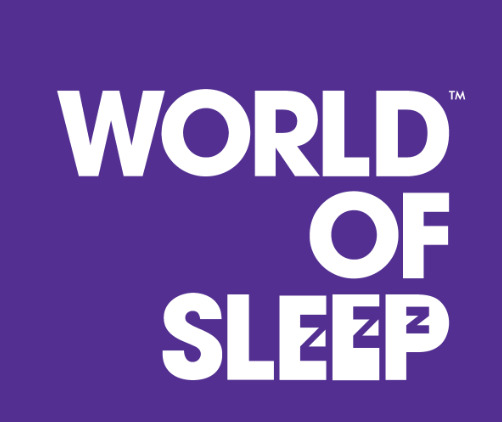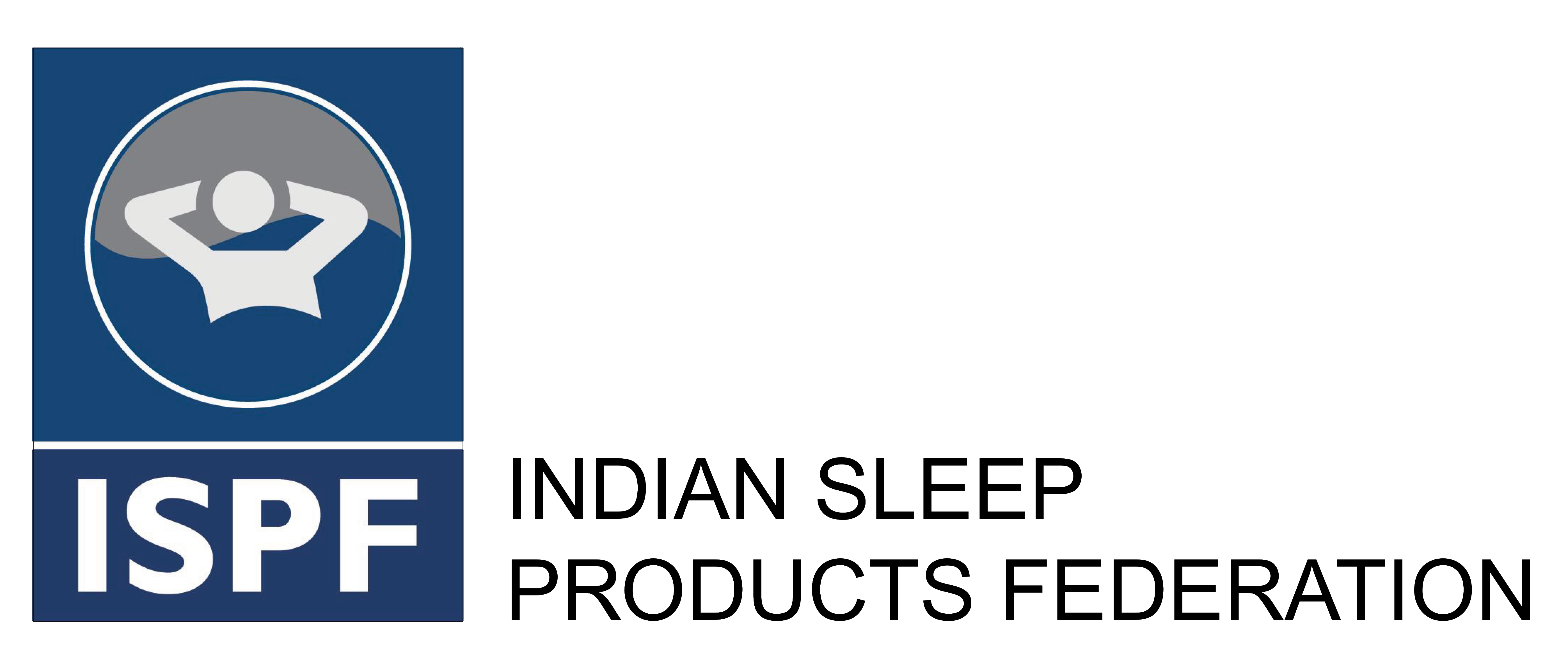Symphony Sleep is redefining sleep technology with the launch of SleepSense, a new smart system that goes beyond traditional data tracking to actively enhance sleep quality through real-time adjustments.
Unlike most sleep trackers that only collect data, SleepSense takes a proactive approach. “Most people already know how they slept based on how they feel in the morning,” said John Schulte, President of Symphony Sleep. “The real question is, what can you actually do with sleep data? SleepSense transforms passive monitoring into active sleep optimization by automatically adjusting sleep positions to prevent disruptions.”
Built on research showing that 74% of people are side sleepers, SleepSense integrates seamlessly with Symphony Sleep’s Elevation Kit, compatible with its full line of adjustable bases. This system dynamically fine-tunes sleeping positions while maintaining spinal alignment and individual posture preferences.
Key features include:
Adaptive Anti-Snore Technology : Detects snoring through audio sensors and adjusts the base through three preset positions to ensure optimal breathing and minimize disturbances.
Personalized Sleep/Wake Presets : Users can program preferred positions, allowing the system to transition smoothly between custom sleep and wake settings. Health Monitoring: Tracks vital signs like heart rate and breathing patterns, providing visual feedback to users.
“SleepSense continues our strong track record of providing retailers with differentiated and innovative products that deliver real benefits and value to their customers,” said Jason Hodge, Vice President of Sales at Symphony Sleep. “This isn’t just another accessory it’s a complete sleep optimization system that empowers users to improve both their sleep and overall health.”
UCLA Engineers Unveil Smart Mattress to Combat Bedsores
In a breakthrough that could revolutionize care for bedridden patients, mechanical engineers at the UCLA Samueli School of Engineering have developed a cutting-edge alternating-pressure mattress designed to prevent bedsores also known as pressure ulcers by intelligently redistributing pressure across the body.
Bedsores are a serious medical issue, especially for individuals confined to beds for extended periods. These painful wounds result from sustained pressure that restricts blood flow to the skin and underlying tissues. According to the U.S. Agency for Healthcare Research and Quality, bedsores contribute to over 60,000 deaths annually and cost the healthcare system more than $11 billion each year.
Traditional treatment involves repositioning patients every two hours a labor-intensive and inconsistent practice that can strain caregivers and still leave patients vulnerable. UCLA’s innovation aims to change that.
Led by Professor Jonathan Hopkins, the UCLA team designed a mattress that alternates pressure using a lattice of compliant mechanisms. Unlike conventional air-chamber mattresses, this system uses embedded sensors and mechanical actuators to shift pressure locally in a checkerboard pattern. The mattress alternates between two states: one set of squares rises to support the body while the others retract to relieve pressure, then they switch ensuring no area experiences prolonged compression.
This dynamic redistribution is informed by real-time data and tailored to the patient’s height and weight. The mattress also incorporates nearly 30 balancing springs for smooth transitionsand minimal energy use. A sensor-equipped foam pad tracks pressure levels, ensuring they remain below the critical threshold of 32 mmHg the point at which blood flow is impeded.
What sets this design apart is its counterintuitive approach: rather than simply reducing peak pressure, it increases pressure contrast between supported and relieved areas to stimulate blood flow. This strategy ensures that no part of the body bears pressure for more than 50% of the time, significantly lowering the risk of ulcers.
The mattress is also built for practicality most components are cleanable, and the foam pad is replaceable. Improved airflow and reduced fluid buildup further enhance patient comfort.
Currently undergoing volunteer testing, the patented technology is poised to offer a more effective, affordable, and caregiver-friendly solution to a long-standing medical challenge.
This innovation exemplifies how engineering can transform healthcare not just by solving problems, but by reimagining the way we care for those most vulnerable.

